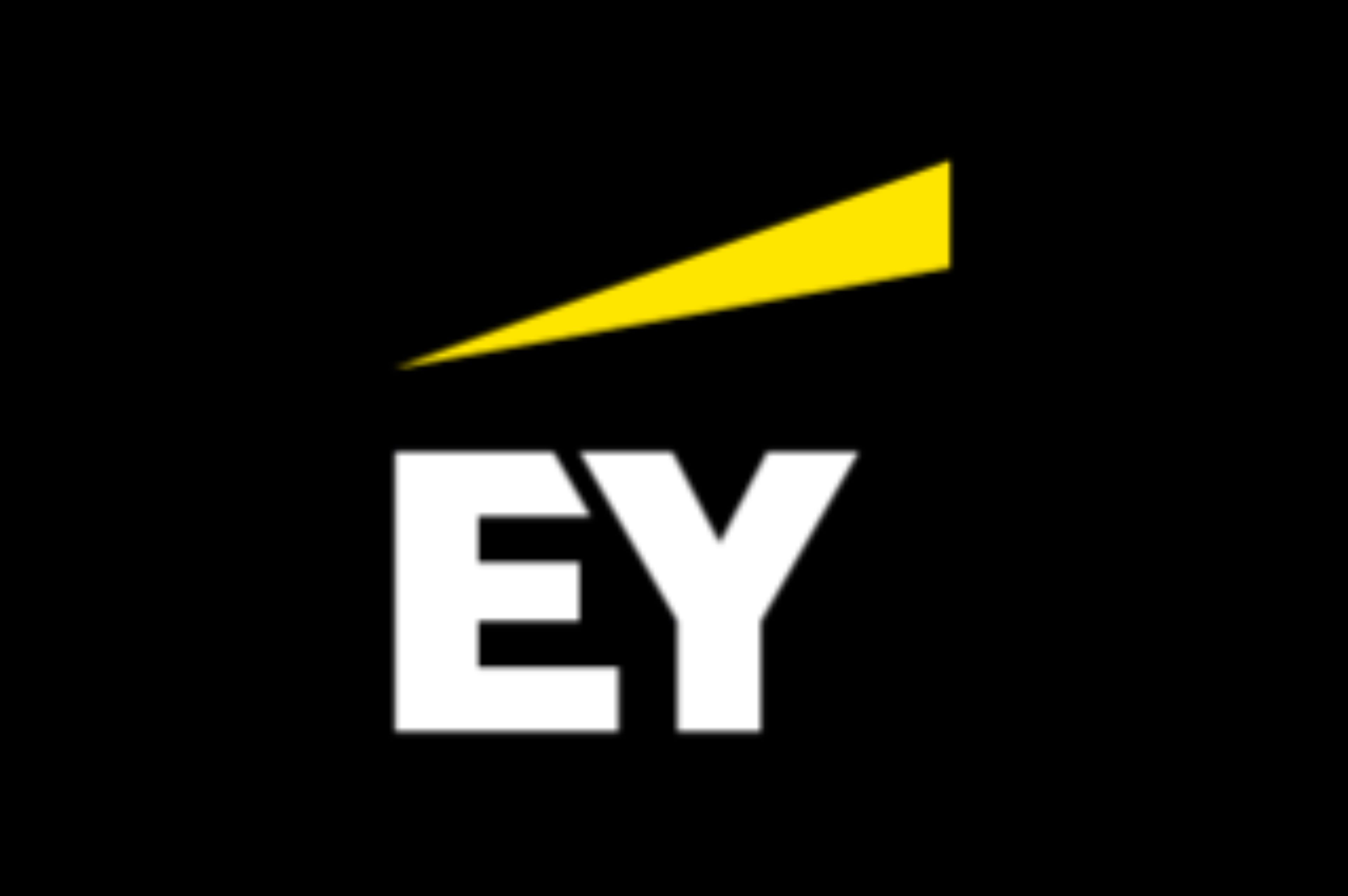EY Law LLP is a Canadian law firm, affiliated with Ernst & Young LLP in Canada. Both EY Law LLP and Ernst & Young LLP are Ontario limited liability partnerships. For more information about the global EY organization please visit www.ey.com.

L’ARC a commencé à envoyer des demandes de renseignements relativement à la vérification de la SSUC.
Par Daniel Sandler, Emily Gair et Laura Jochimski, EY Cabinet d’avocats
Au début du mois de septembre, l’Agence du revenu du Canada (l’« ARC ») a commencé à envoyer des lettres de vérification à certains employeurs qui avaient présenté des demandes au titre de la Subvention salariale d’urgence du Canada (la « SSUC »). Dans ses lettres, l’ARC a indiqué que ces vérifications commençaient plus tôt qu’en temps normal compte tenu de la « nature inhabituelle » du programme de la SSUC.
En effet, les grandes sociétés reçoivent habituellement de telles lettres au minimum un an après la présentation d’une demande. Dans le cas de la SSUC, cependant, les premières lettres de vérification ont été reçues moins de six mois après l’instauration de ce programme d’aide d’urgence, et dans certains cas, quelques mois seulement après qu’une demande a été présentée.
En août, l’ARC a annoncé qu’elle avait entamé ses vérifications après paiement relativement aux demandes de SSUC, en mettant l’accent sur les périodes 1 à 41. Dans le cadre de cette annonce, l’ARC a également mentionné qu’elle sélectionnerait un éventail de dossiers à l’aide d’une « méthode d’échantillonnage aléatoire » pour cette première phase de vérification. Tandis que les lettres continuent d’être envoyées et que le nombre d’employeurs visés est inconnu, l’ampleur des demandes de renseignements semble considérable.
Certaines des demandes envoyées aux employeurs s’étendent sur six pages et comptent plus de 50 éléments distincts, voire encore plus de renseignements à fournir si l’employeur a décidé de faire certains choix permis par les dispositions législatives relatives à la SSUC (p. ex., si l’employeur a fait le choix d’établir son revenu admissible selon la méthode de la comptabilité de caisse prévue à l’alinéa 125.7(4)e) de la Loi de l’impôt sur le revenu).
Voici quelques-uns des éléments précis demandés :
- Tous les renseignements sur les revenus pour 2019 et 2020, dont les journaux des ventes, les relevés bancaires et les rapports des ventes ventilées par type de revenu
- Les divers documents provenant des registres de procès-verbaux, y compris les ententes relatives à des prêts intersociétés, les contrats de société et les prêts consentis aux employés
- Les documents de travail détaillés étayant le calcul du revenu admissible
- Les renseignements détaillés sur la paie, dont les contrats de travail, les preuves de rémunération versée aux employés et les livres de paie
Pour beaucoup d’employeurs, le court délai pour répondre à la demande (généralement 10 jours ouvrables) constituait la première préoccupation. L’ARC a nuancé ce délai serré en indiquant que lorsque les contribuables ont besoin de plus de temps pour rassembler les documents à envoyer, ils peuvent expliquer pourquoi ils ont besoin d’un délai supplémentaire, et une date de réponse révisée peut ensuite être fixée.
L’ARC explique ce court délai par le fait que la transmission par voie électronique des renseignements est une option viable et que les renseignements sont facilement accessibles étant donné que les demandes au titre de la SSUC lui ont été envoyées récemment. Ce raisonnement suppose que le contribuable a rassemblé les renseignements demandés pour préparer la demande au titre de la SSUC et qu’ils devraient donc être encore à portée de main.
Répondre à ces demandes initiales d’envergure peut demander beaucoup de temps et de ressources. Il existe des stratégies pour faciliter le processus de réponse, comme de demander à l’ARC d’accepter un échantillon de données représentatif plutôt que d’envoyer une pile de documents. De plus, il est fortement recommandé aux employeurs de s’assurer que les renseignements fournis à l’ARC sont motivés, cohérents et faciles à comprendre. L’ARC a souligné que dans le cadre de ces vérifications, elle « ne souhaite pas punir les entreprises qui ont fait une erreur honnête »2.
Résumé
Si vous avez des questions sur les lettres de vérification ou sur la possibilité de faire l’objet d’une vérification, veuillez communiquer avec l’un de nos conseillers EY Cabinet d’avocats.

